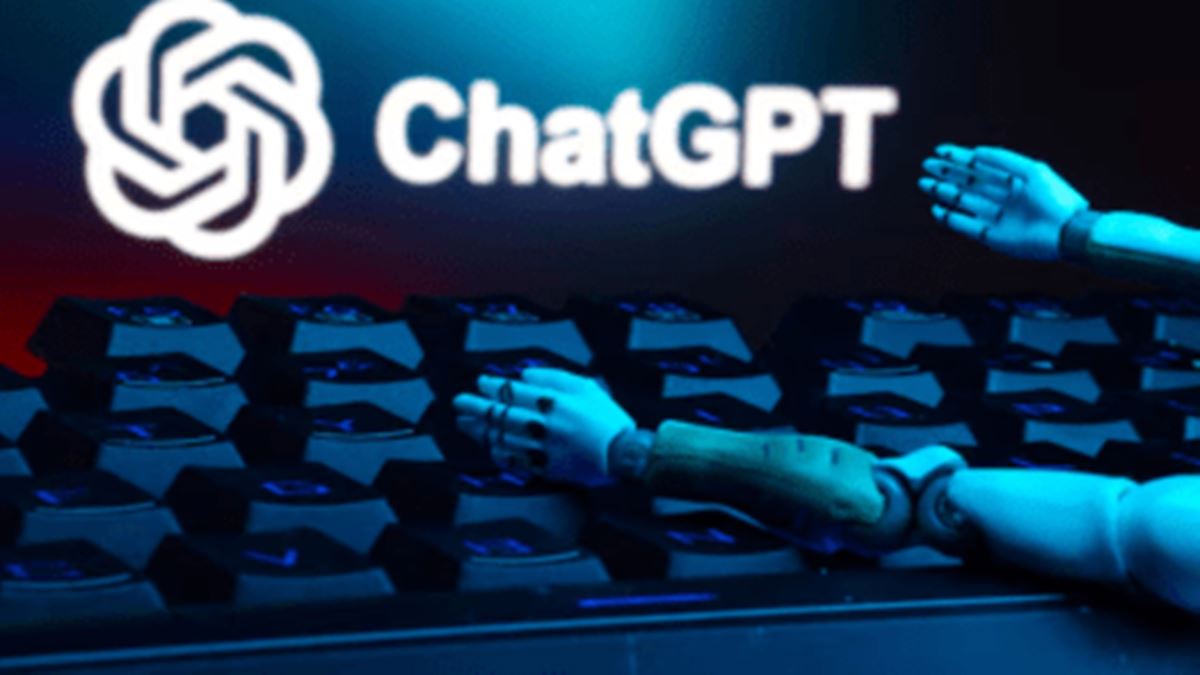In the era of rapid technological advancement, artificial intelligence has emerged as both a panacea and a predicament for U.S. companies looking to fill job vacancies. While AI-powered tools help recruiters sort thousands of resumes in seconds and ease the burden of high-volume hiring, this very technology has given rise to an unexpected adversary: AI-generated fake job applicants.
“Applicants, or perhaps more accurately scripts, are gaming the system,” says Lindsey Zuloaga, chief data scientist at HireVue, a hiring software firm. “They use AI tools to tailor resumes, cover letters, and even entire application forms to hyperspecific job descriptions—at a scale and accuracy recruiters have never seen before.”
For organizations already wrestling with record turnover and unprecedented competition for talent, the influx of faux candidates complicates an already challenging landscape. HR departments now face the additional burden of verifying whether the person whose resume landed on their desk actually exists—or is the product of generative language models.
An Arms Race in the Hiring Process
The shift has transformed traditional hiring into something of an arms race. On one side are job-seekers and cybercriminals deploying increasingly sophisticated AI-powered applications and “deepfake” identities. On the other, talent acquisition teams must harness their own AI solutions to vet candidates, spot inconsistencies, and stave off fraud.
According to recruiters and hiring managers, it can be devilishly difficult to spot a synthetic candidate among hundreds of legitimate resumes. Fraudsters use AI chatbots to generate flawless application materials, even for high-level technical roles. Some go further, attempting to secure remote roles in industries like software engineering or data analysis—anticipating that after being hired, minimal in-person interactions will allow them to maintain the ruse.
“Many of these fake applicants are seeking access to sensitive systems or data rather than just a paycheck,” says Aaron Goldsmid, a vice president of product at Checkr, which provides background checks and screening tools. “If they get in, the cost to companies can be enormous.”
Red Flags and New Protocols
To combat the threat, employers are updating their hiring playbooks. “We’re seeing companies install new screener questions, require live video interviews, and double down on background checks,” Goldsmid says. AI-powered verification platforms now scan for duplicate resumes, check for subtle inconsistencies, and cross-reference professional histories with external databases.
Yet, the technology is far from foolproof. Some hiring professionals worry about false positives—flagging authentic candidates as fake, or missing sophisticated fraudsters altogether.
“You can’t let AI take over completely,” says Zuloaga. “You have to keep a human in the loop—someone who knows your company and can assess a candidate’s story, not just their paperwork.”
The rise of generative AI in the hiring process has also ushered in a wave of ethical debates. Automation, once hailed as a way to reduce bias and streamline HR workloads, now requires additional scrutiny. If AI tools erroneously screen out candidates—or introduce their own technical biases—the result could be missed opportunities for both employers and legitimate job-seekers.
Balancing Efficiency and Integrity
At its core, the conundrum facing U.S. recruiters is one of balance: leveraging AI’s speed and analytic power while safeguarding the authenticity and diversity of the hiring process.
Some companies are considering rolling AI detectors into their recruiting stacks, while others are reverting to tried-and-true measures like reference calls or in-person interviews for critical roles, especially in sectors most vulnerable to digital risk.
“The reality is, people will continue trying to find ways to game the system as long as there’s something to gain,” says Goldsmid. “Employers have to keep adapting—not just their technology, but their thinking about what makes a candidate real.”
For now, experts recommend an approach that blends trust and verification. Talent leaders must foster a process that remains open to the best candidates—wherever they may be—while keeping one eye trained on the shadows, alert for the next synthetic resume to land in their inbox.
Source – https://www.webpronews.com/how-recruiters-can-outsmart-ai-generated-fake-job-applicants/



















